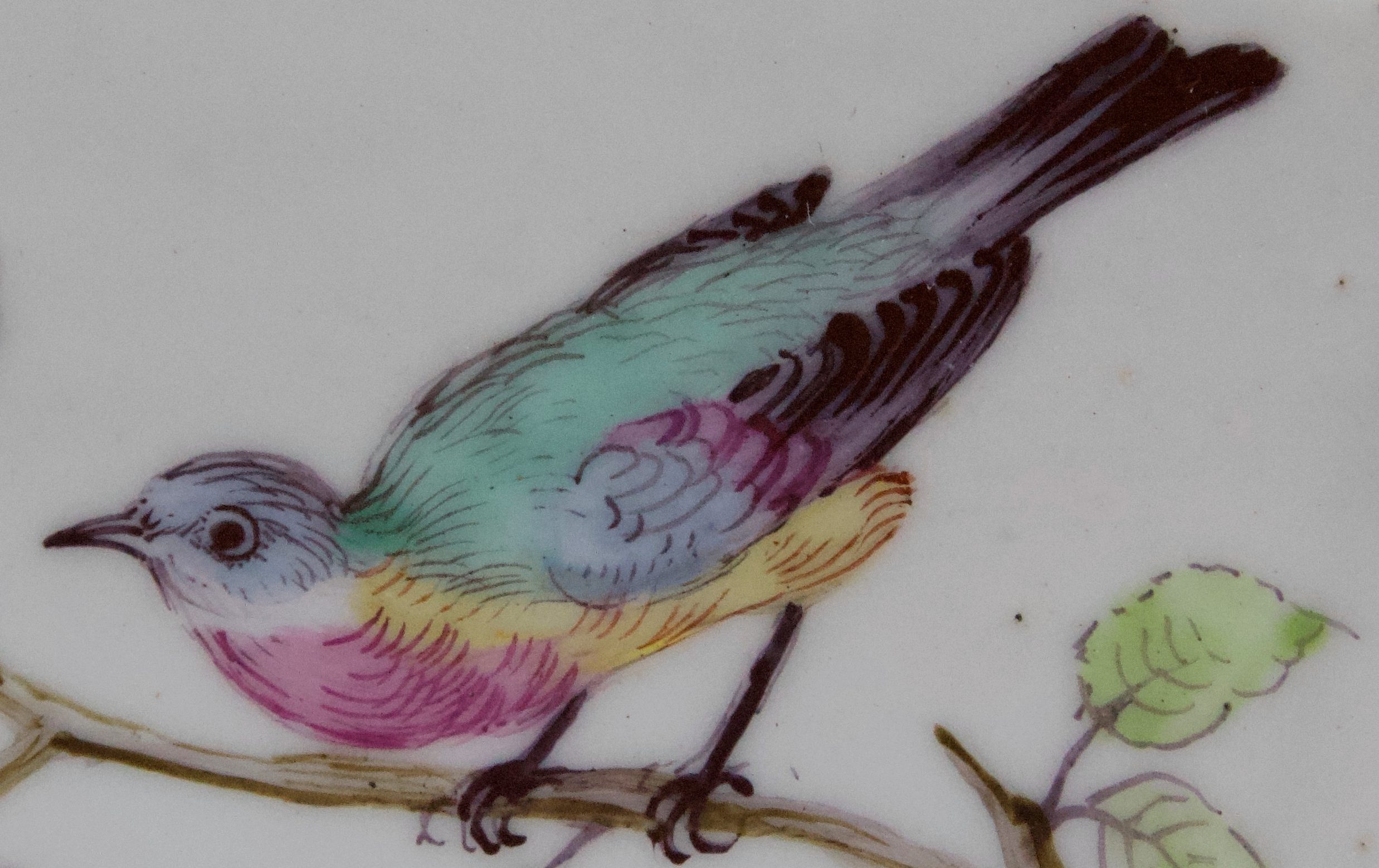A Tournai Mustard Pot, circa 1770
With its undulating curves and ornately scrolled Rococo handle, this mustard pot (moutardier) represents an exceptionally rare form in Tournai porcelain. The swelling outline is further enhanced by the swirling panels of spiral moulding around the neck and shoulders. The body is painted in underglaze blue with three floral sprays, the rim with a narrow trellis border. The handle is moulded with a chain of foliate motifs painted in blue.
Underglaze blue workman’s mark inside the foot rim.
Provenance: An English Private Collection.
The oldest city in Belgium, Tournai had during the Eighteenth Century been situated in territory belonging to France. Faience had been produced there since the Seventeenth Century, and it was a faience factory that François-Joseph Peterinck took over in 1751. With the help of Robert Dubois of Vincennes and privileges from the Austrian Empress Maria Theresa, Peterinck soon began producing soft paste porcelain.
Condition: The cover is lacking and there is some blurring to the trellis border, where the glaze ran during production. The creamy paste has tiny pinholes, and there are minute fully-glazed clay tears around the upper handle terminal, also from manufacture. No restoration.
Dimensions: Height (to top of thumbrest) 9.5 cm
French Porcelain: A Catalogue of the British Museum Collection, Aileen Dawson (British Museum Press, 2000).
French Porcelain of the Eighteenth Century, Christopher Maxwell (V&A Publishing, 2009).














